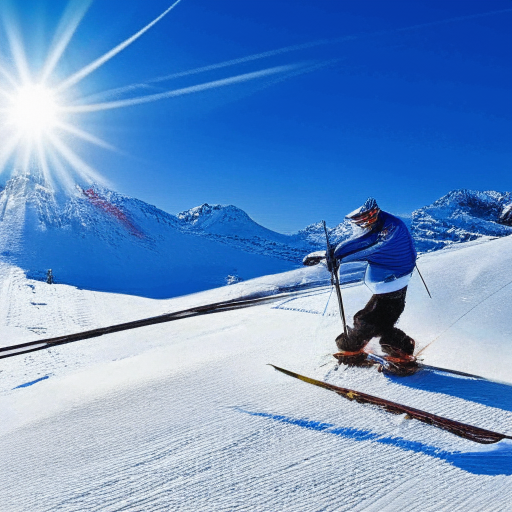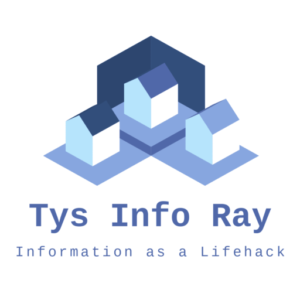Stay Safe This Winter: In-Depth Insights on Snow Blindness and Eye Protection Strategies
As we embrace the enchanting winter season, which blankets the world in stunning white snow, it’s crucial to recognize the potential hazards that come with outdoor activities in these beautiful but treacherous environments. One of the most prevalent risks is snow blindness, a painful yet temporary condition resulting from prolonged exposure to harmful ultraviolet (UV) rays reflected off snowy surfaces. This comprehensive blog post delves into the complex science behind snow blindness, examines the effects of sunlight on snow, and outlines effective prevention techniques, accurate identification methods, and appropriate treatment options. By understanding the roots of this condition and adopting protective practices, we can fully enjoy the winter splendor while safeguarding our eye health.

Discover the Medical Definition and Key Causes of Snow Blindness
The clinical term for snow blindness is photokeratitis, representing a temporary injury to the cornea, which is the eye’s outermost protective layer. This distressing condition primarily results from excessive exposure to high levels of ultraviolet (UV) radiation, particularly the rays that reflect off snow-covered surfaces. The intense sunlight, especially prevalent at higher altitudes where the atmosphere is thinner, can lead to significant discomfort, and in some cases, lasting vision problems. While snow blindness typically resolves on its own within a short time, understanding its causes is vital for implementing effective prevention and management strategies. Knowledge is power when it comes to protecting your vision.
Understanding the Impact of Sunlight on Snowy Environments and Vision
To grasp the complexities of snow blindness, it’s essential to explore how sunlight interacts with snow. Sunlight traverses the atmosphere, encompassing a range of wavelengths, including potentially harmful ultraviolet radiation. When these rays strike a snow-covered landscape, the unique reflective characteristics of snow can reflect as much as 80% of these UV wavelengths back towards the atmosphere, dramatically increasing exposure levels. This reflection phenomenon becomes even more pronounced in elevated areas, where the atmosphere’s ability to filter UV radiation is reduced. Consequently, the eyes can quickly become overwhelmed by excessive UV exposure, risking damage to the cornea, conjunctiva, and other vital ocular structures. Understanding these interactions is key to effective prevention.
Recognizing the Symptoms of Snow Blindness for Timely Action
The signs and symptoms of snow blindness typically emerge several hours after intense UV light exposure. While severity can vary among individuals, common indicators include:
Eye discomfort and pain: Many people experience a gritty sensation or the feeling of having foreign objects in their eyes.
Redness and swelling: The eyes may appear bloodshot, and eyelids can become swollen and inflamed.
Watery eyes: Increased tearing occurs as the eyes attempt to flush out irritants and alleviate discomfort.
Blurry vision: Activities requiring clear vision, such as reading or driving, may become challenging due to distortion.
Sensitivity to light: Increased light sensitivity, known as photophobia, often accompanies headaches.
Perception of halos: Some individuals may perceive bright rings or halos around light sources, contributing to visual confusion.
Implementing Proactive Measures to Prevent Snow Blindness and Protect Your Eyes
To effectively safeguard your eyes from the harmful effects of UV radiation, taking a proactive approach is always more advantageous than seeking cures after the fact. Follow these practical tips to minimize your risk of snow blindness:
Select appropriate eyewear: Always opt for goggles or sunglasses that block 100% of UV rays when engaging in snowy activities. Look for eyewear labeled with UV400 or 100% UV protection for optimal safety.
Choose wraparound styles: Select sunglasses or goggles that wrap around the sides of your face to ensure comprehensive protection from both direct sunlight and side UV exposure.
Utilize wide-brimmed hats: Hats with wide brims or neck flaps can provide additional shade, significantly reducing UV radiation exposure to your eyes.
Monitor the UV Index: Before heading outdoors, check the local UV Index, which predicts daily UV exposure levels. Be vigilant about limiting sun exposure during peak hours, typically between 10 AM and 4 PM.
Apply sunscreen: Although it may seem unrelated, applying sunscreen around your face and eyes can significantly lower UV radiation exposure, enhancing your overall protection.
Take regular breaks indoors: If you plan to spend extended periods in snowy regions, make it a habit to take frequent breaks indoors. This practice allows your eyes to rest and recover from prolonged bright light exposure.
Effective Relief and Recovery Techniques for Managing Snow Blindness Symptoms
If you find yourself experiencing the telltale signs of snow blindness despite your preventive measures, several strategies can help alleviate discomfort and expedite recovery:
Seek shade: Immediately retreat to a dimly lit area or indoors to protect your eyes from further UV exposure.
Remove contact lenses: If you wear contact lenses, remove them to prevent additional irritation and allow your eyes to recover adequately.
Apply cold compresses: Gently placing a cold, damp cloth over your closed eyes can effectively soothe discomfort and reduce swelling.
Use artificial tears: Over-the-counter artificial tears can provide temporary relief, keeping your eyes lubricated and alleviating dryness caused by snow blindness.
Avoid bright lights: Limit exposure to intense light sources, including screens and overhead lights, to lessen the impact of photophobia during your recovery phase.
Rest your eyes: Engage in minimal visual strain activities, steering clear of reading or screen time, to give your eyes the essential time they need to heal properly.
When to Seek Professional Medical Assistance for Snow Blindness Symptoms
In most instances, the symptoms of snow blindness will begin to subside within 24 to 48 hours as the cornea heals. However, it is essential to seek medical attention if symptoms worsen or persist, as delays in treatment could result in complications or secondary infections. Always prioritize your eye health, as timely action can prevent long-term consequences.
Experiencing snow blindness can significantly hinder your enjoyment of winter activities, but with the right knowledge and precautionary measures, we can greatly reduce the risk while indulging in the breathtaking beauty of snowy landscapes. Stay informed about UV radiation levels, take regular breaks in shaded areas, and always wear protective eyewear. If you experience any symptoms, seek relief promptly and consult a healthcare professional if necessary. By prioritizing eye safety, you can fully immerse yourself in the winter wonderland and create cherished memories without compromising your vision. Enjoy your adventures with caution!
The post Snow Blindness: Understanding Its Causes and Effects appeared first on Survival Bite.
The Article Snow Blindness Causes and Effects Explained Was Found On https://limitsofstrategy.com


4 Responses
I totally relate to the points you’ve made about snow blindness—it’s such a sneaky condition since we often associate winter with joy and picturesque landscapes, not eye injury! A few years ago, I went skiing for the first time, and even though I wore sunglasses, I didn’t realize how reflective the snow could be. By the end of the day, I had the worst headache and was squinting like I’d stared at the sun too long.
I completely understand where you’re coming from. Snow blindness can really sneak up on you, especially when you’re having such a good time outdoors. I remember my first winter hike, all bundled up and excited, but I completely underestimated the glare from the snow. It was a beautiful day, but by the end, I also had that same squinting headache it sounds like you experienced.
I can relate to that experience so much. The excitement of being outdoors in winter can really overshadow how essential it is to protect your eyes. I had a similar moment on a snowshoeing trip last year. The sun was shining, and everything looked so inviting, but I ended up paying for it later with a throbbing headache and sensitivity to light. It really makes you appreciate how the elements can impact our health in unexpected ways.
I can relate to your experience with snow blindness all too well. It’s so surprising how something as innocent as a day on the slopes can lead to unexpected issues. The first time I went snowboarding, I made a similar mistake with my gear. I thought my sunglasses would do the trick, but I quickly learned that the intensity of UV rays in snowy environments is much stronger than I had anticipated. By the end of the day, I was squinting and regretting not investing in proper goggles.